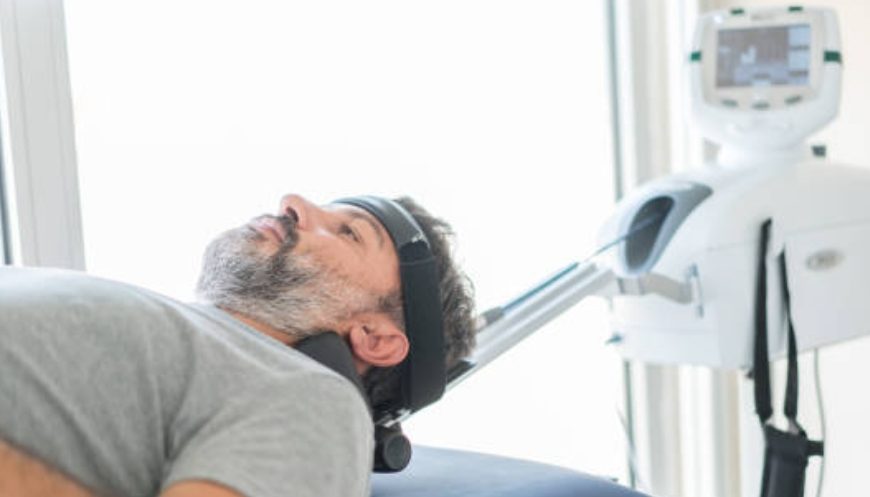
Understanding Clinical Heterogeneity in Spine-Related Extremity Pain: A Comparative Analysis of Diagnostic Clusters (Wainner, Hall, and Elvey) and Their Influence on Neural Mobilization Response
Spine-related extremity pain, particularly involving the cervical region, presents a complex clinical challenge due to its heterogeneous nature and overlapping symptomatology. Accurate diagnosis and targeted intervention are crucial for optimizing patient outcomes, yet the lack of consensus on diagnostic criteria has led to variability in both research and clinical practice. Various diagnostic clusters, such as those proposed by Wainner et. al, (2003), and Hall and … Continue reading Understanding Clinical Heterogeneity in Spine-Related Extremity Pain: A Comparative Analysis of Diagnostic Clusters (Wainner, Hall, and Elvey) and Their Influence on Neural Mobilization Response


